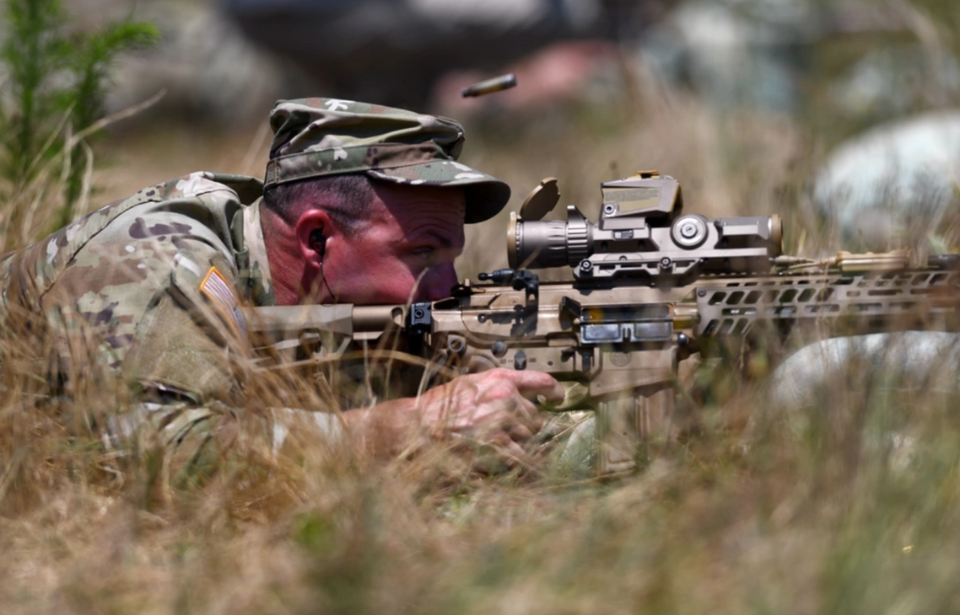The XM7 rifle is poised to replace the M4 as the standard weapon of U.S. Army infantry, ushering in a new era of military firearm technology. At the core of the Army’s Next Generation Squad Weapon (NGSW) program, the XM7 was engineered to confront the challenges of 21st-century combat head-on.
Designed for adaptability, it performs with equal precision in close-quarters urban warfare and at extended ranges. But the XM7 is more than just a replacement — it represents a leap forward in firepower, soldier protection, and battlefield dominance. For American troops, it’s not simply a new rifle — it’s a decisive edge for the conflicts of tomorrow.
Why was the XM7 developed?
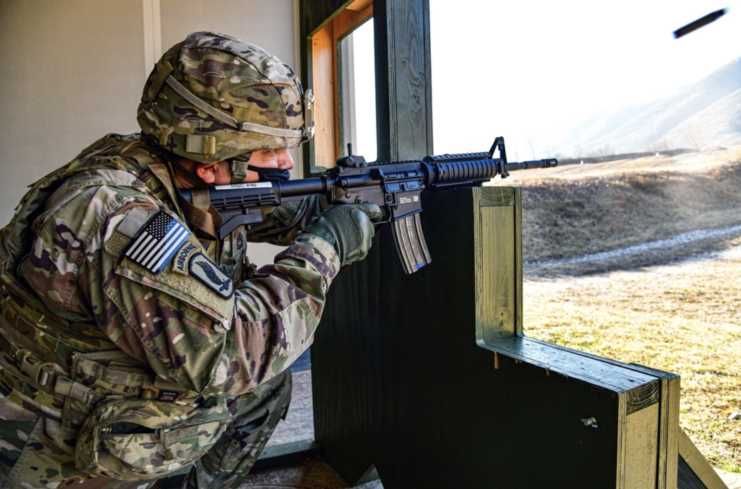
As aforementioned, the XM7 was developed as part of the Next Generation Squad Weapon program, which aims to replace both the M4 Carbine and the M249 Squad Automatic Weapon. While launched in 2019, the desire to give troops a newer weapon for combat had emerged during the War in Afghanistan, as it was found the 5.56 x 45 mm NATO rounds used by both guns couldn’t penetrate body armor or barriers from longer distances.
Among the companies to submit designs was SIG Sauer, which received a 10-year contract from the US Army in 2022 to provide a replacement for the M4 (XM7 rifle) and the M249 (XM250 light machine gun). The former is based on the gas-operated, magazine-fed SIG MCX-Spear, and it notably chambers the newer 6.8 x 51 mm Common Cartridge, which provides both a greater range and lethality; it has an effective range of 600 meters, which is twice that of the 5.56 mm NATO.
XM7 specs.
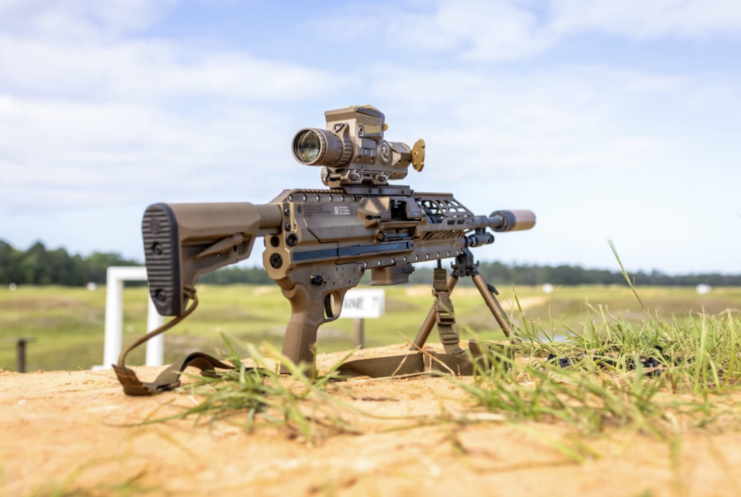
The XM7 introduces a range of state-of-the-art upgrades that represent a significant leap forward from the M4 Carbine. Built as a gas-driven, semi-automatic rifle, it offers remarkable flexibility, giving troops the ability to configure it for a broad spectrum of combat scenarios. From high-end optics and suppressors to a wide selection of tactical gear, the XM7 can be outfitted to match shifting battlefield demands. Its sophisticated fire control system makes it easy to alternate between firing settings, a capability that proves invaluable in fast-moving firefights.
Crafted with versatility in mind, the rifle is fully ambidextrous, delivering seamless operation for both right- and left-handed shooters. Reliability is further strengthened through its short-stroke piston design, which maintains consistent performance under extreme conditions. Outfitted with an M-LOK rail, the weapon allows for straightforward mounting of essential accessories such as illumination tools, aiming devices, and forward grips.
At the heart of the XM7’s effectiveness is the 6.8×51 mm cartridge—an advanced round engineered for greater precision, extended range, and superior armor penetration. This new ammunition equips soldiers with a clear battlefield edge, ensuring they are ready to confront both present and emerging threats in modern combat.
What do soldiers think?
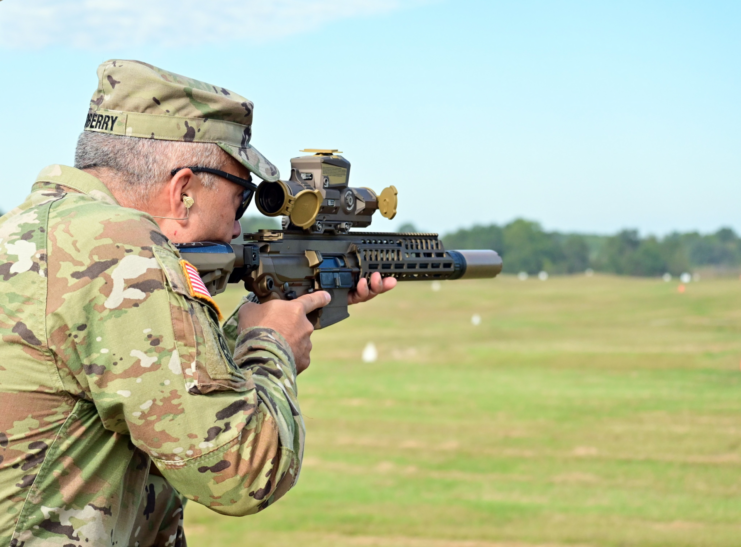
The XM7 began field testing in March 2024, and so far, early feedback has been overwhelmingly positive. Soldiers have praised the rifle for being comfortable to handle and more lethal, with paratroopers from the 101st Airborne Division highlighting its improved accuracy and greater reliability compared to the M4 Carbine.
Even with the strong early reviews, some concerns have been raised. One of the main issues is that the XM7 is noticeably heavier—more than two pounds heavier than the M4—and it has stronger recoil. There are also concerns about the new 6.8 x 51 mm cartridge, which is bulkier than the older 5.56 x 45 mm NATO rounds. Because of this added weight, soldiers may need to carry fewer rounds to stay mobile in the field.
Still, most troops agree that the advantages of the XM7 make up for the drawbacks—and that opinion comes after more than 25,000 hours of testing.
Equipping the XM7 on the battlefield
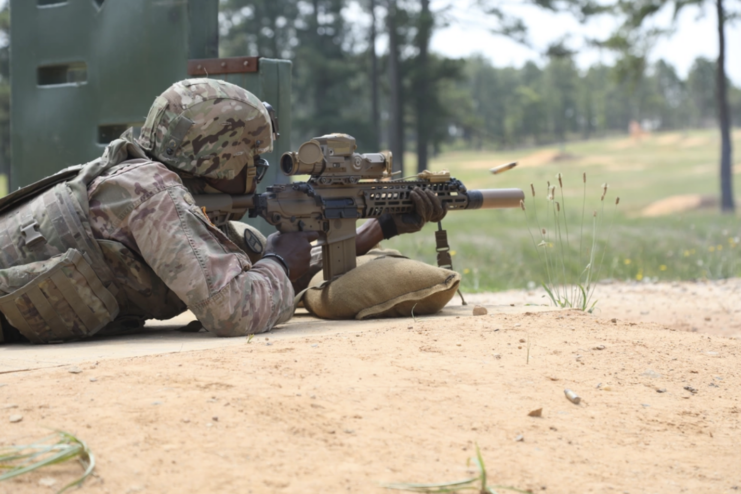
You might be asking, who exactly will be using the XM7 once it officially enters service? The U.S. Army intends for the rifle to be operated by close-combat troops—those on the front lines like infantry soldiers, combat medics, and cavalry scouts. As of now, there are no plans for support or non-combat personnel to receive the weapon.
To meet demand, the Army is aiming to acquire 111,428 XM7 rifles. Additionally, there are also plans in place to build an ammunition plant in Missouri to help ensure a steady and sufficient supply for widespread deployment.
More from us: Was the Breda Modello 30 the Worst Light Machine Gun of World War II?
The Army began issuing the XM7 as part of Fiscal Year 2025.
